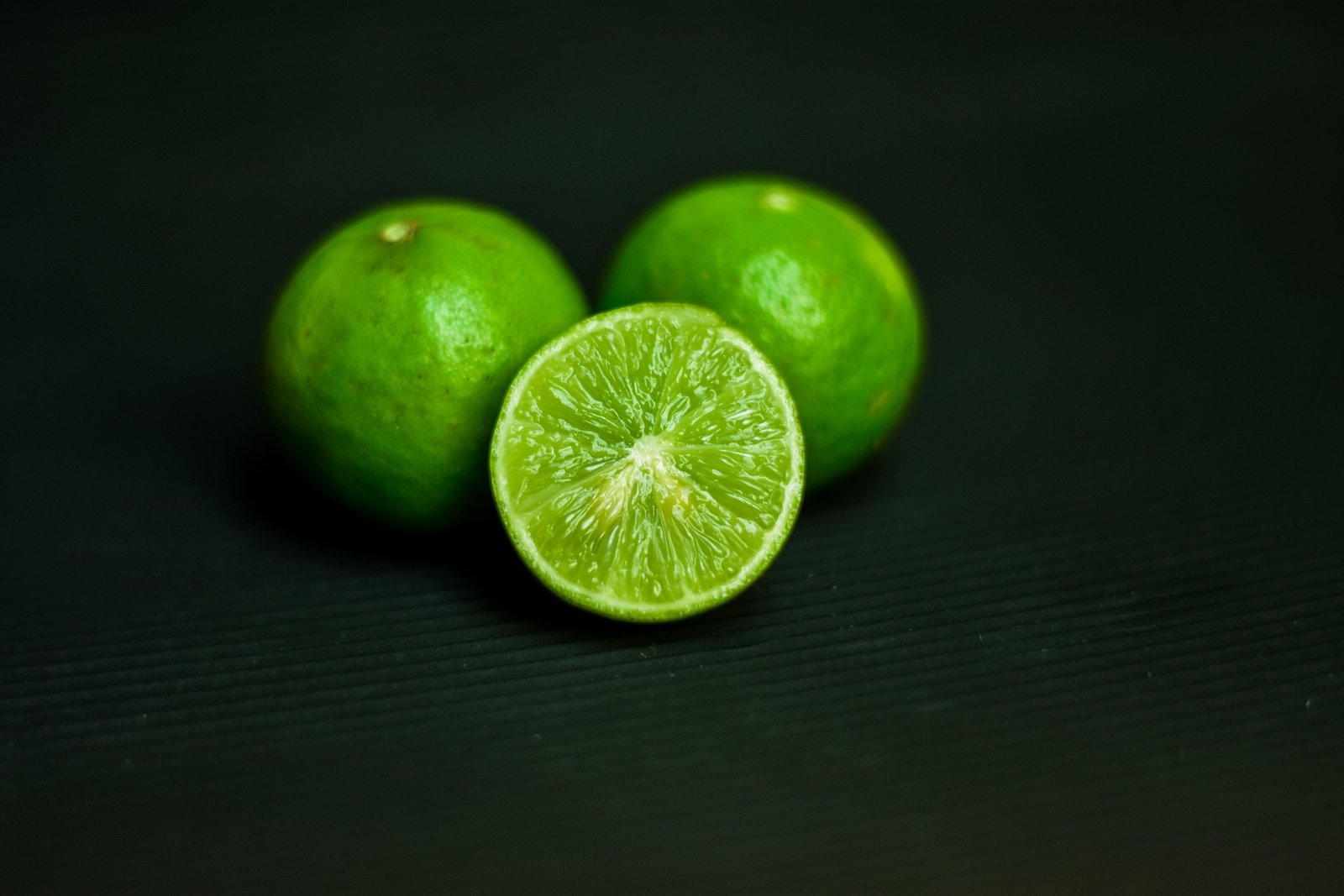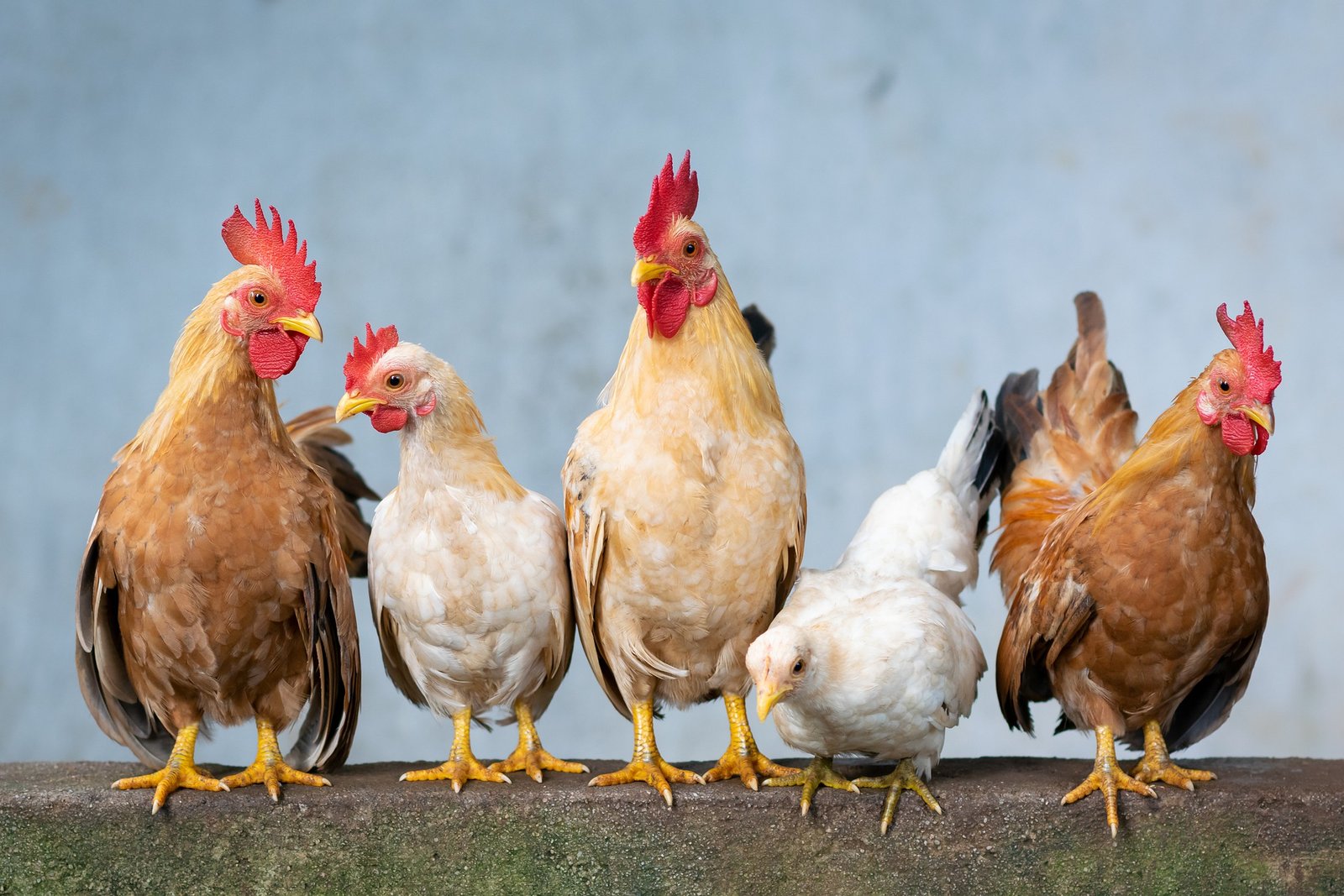Acid lime cultivation in India is a famous agribusiness. It can be very profitable. Here are the whole details on beginning the plantation of acid lime in India with complete details on soil, varieties, climate, plant protection, plantation management, harvesting, and post harvest practices.
Belonging to the botanical family Rutaceae, acid lime is one of the largest growing and ever-demanding citrus groups of fruits cultivated in India (Bharat). Among the major contributing states that produce acid lime include Andhra Pradesh, Gujarat, Rajasthan, Bihar, Maharashtra, Tamil Nadu, as well as extensive areas of North East India like Arunachal Pradesh. Except for used extensively as recent fruits, it has great demand in the preparation of pickles, food products, and beverages. Enriched in ascorbic acid, salts, associated an array of minerals it offers varied health advantages like
• A great appetite enhancer
• Helps in the digestion, heartburn, and hyper-acidity
• Alleviates nausea
• Mitigates blood pressure, cholesterol
• Burning of the urethra
Technical Requirements for Acid Lime Cultivation
Climate for Acid Lime Cultivation
Acid limes grow well in a tropical and subtropical, arid, or semi-arid climatic condition which is a great plus point for cultivators across India to farm the evergreen citrus fruit. Frosty weather is harming for acid lime, while farmers should be caring in the summer days to protect their plants from hot winds that lead to dryness and drop of flowers.
Ideal Soil for Acid Lime Cultivation
The citrus plant will be fully grown in an exceedingly wide range of soil varieties ranging from alluvial or sandy loam, medium black to clay loam, and laterite or acidic soils. Well, drainage of the field is an essential condition for its effective growth. Make sure that the pH in the soil is within the range of 5.5 to 7.5 which is the best fit for them even if they grow in areas with pH ranging from 4.0 to 9.0.
Varieties of Acid Lime
Four major varieties of acid lime grown in India in very large quantities and have high market demand include Vikram, Prumalini, PKM, and Rashraj or Sharbati. Some of the common types of lemons are Pant lemon, Italian lemon, Assam lemon, Galgal, and Malta Lemon. Kagzi lime is additionally another quite acid lime that is known for its nice aromatic taste.
Propagation
The plant is propagated by seed, air layering, and budding. The specie is poly-embryonic and propagation through seedlings is highly suggested or recommended. Select disease-free mother plants while planting through layering. It is recommended to prepare nursery beds in HDPE trays available in the market with fertile soil for the effective growth of seedlings under a shade. For higher productivity, the selection of nucellar seedlings by the elimination of weak seedlings is a great ideal. Since seedlings should be planted only after they attain a height of about 30-40 cm, you will be required to develop a secondary nursery bed. Watering plants in the gap of 2-3 days in the nursery stage is ideal, however, be careful to avoid overwatering that causes root decay and dying of seedlings.
Land Preparation
Land needed to be well-ploughed to full tilth and leveled, while in hilly areas plantation should be carried out on terraces based on the slopes, as found widespread. In hilly regions, planting in high density is feasible with more aeration space as opposed to flatlands. provided that acid lime plants are extremely vulnerable to water stagnation in the rainy season, proper drainage systems both in the hills and plains are essential criterion.
Planting
The most ideal season of planting is June-August. Dig pits measuring 1m x 1m x 1m for plantation of a young plant. Use Farmyard manure (FYM) @15-20 kg, super phosphate@500 g per pits before planning.
Spacing and Density
Standard spacing for limes and lemons (Citrus Aurantifolia Swingle & Citrus Lemon) is 6 x 6 m and 5 x 5 m respectively. Consider a density of 275 for limes and 400 for lemons per hectare.
Irrigation
Always go for light irrigation whereas maintaining higher frequency is very helpful for plant growth, especially during the initial stage. Water should not contain salts above 1000 PPM which is injurious for Citrus plants. Water flooding should be avoided to save plants from potential root and collar decay. Depending on the soil texture and rainfall condition, the frequency of irrigation, and the amount of watering should be determined. Bearing plants require nourishing with watering at 10-15 days interval in dry days while maintaining a gap of 15-20 days in winter is ideal. Deep irrigation or a localized irrigation system is a steady step to conserve water as well as watering plants with needed water and nutrients.
Fertilizers
Maintain the standard as follows: (based on the per plant)
| Type | 1st Year | Annual Increment up to 5th Year | From 6th Year Onward |
| FYM | 10-12 kg | 5 kg | 30-35 kg |
| N | 200-250 g | 100 g | 600-800 g |
| P | 100-125 g | 25 g | 200-250 g |
| K | 100-125 g | 40 g | 300-375 g |
Note:
• Apply Nitrogen in two different doses during March and October in the same proportion
• Farmyard manure (FYM), P, and K to be applied in October.
• Spraying Zinc Sulphate @ 0.5% (500 g/100 lit of water) three times a year during March, July and
• October for better growth
Growth Regulator
In order to grow healthy, juicy, and superior class of fruits set, consider spraying 2,4 – D@ 20 PPM during the flowering phase, spray 2, 4 D @ 20 PPM for fruit retention.
Training and Pruning
With a vie to let the plants grow with a solid stem, shoots that get older to 30-40 cm. from the land level has to be discarded. Support the most stem with a bamboo stick that helps them stand erect during high winds or downpour. Make sure that branches are evenly distributed (as per as practicable)
to both sides and remove cross twigs or water suckers in the early stage. Diseased, drooping, or dislocated branches should be eliminated on a periodical basis, whereas for bearing plants no pruning is suggested or recommended.
Plant Protection
Leaf Caterpillar
Take steps at the very beginning to avoid severity. Spray the plants with Quinalphos25-EC @ 2ml/lit water to regulate the blighter attack.
Leaf Miner
Use a foliar spray like Quinalphos 1.25 ml or monocrotophos 1.0 ml/litre or fenvalerate 0.5 ml/ lit of water in 7 days interval and continue till infestation is completely controlled.
Citrus Thrips
Use foliar spray Monocrotophos over the leaves, buds, and berries in 1 ml/litre of water or dimethoate@ 2 ml.
Citrus Psylla
Usually, the infestation is found during Feb and Mar, June July, and Oct-Nov. Have an eye and if noticed, consider using foliar spray like quinalphos 1.0 ml. Stop spraying once the invasion is no more.
Sucking Pests
• Aphids– spraying the plant with methyl Demeton-EC @ 1 ml/lit or Fish oil resin soap 30g/ lit or neem oil 3ml/lit or Quinalphos25-EC 2ml/lit water to get effective result.
• Rust Mites– To control rust mite spray Wettable sulphur 50 WP @ 2 g/lit or alternatively Dicofol 18.5 EC @ 2.5 ml/lit
• Whitefly and Black fly– Get fast results by spraying Quinalphos 25 EC @ 2 ml/lit and Monocrotophos 36 WSC @ 1.5 ml/lit respectively.
Scale Insects
Spraying of dimethoate 250 ml kerosene oil in 150 ltr of water in combination of parathion (0.03%) or carbaryl @ 0.05% plus oil 1 % or malathion @ 0.1 % will give result.
Citrus Greening
Eliminate or remove branches that are infected and then apply Ledermycin 600 PPM together with ferrous sulphate (FeSO4) and ZnSO4 through spraying.
Citrus Canker
Elimination of infected twigs and then spraying plants with 1 % Bordeaux mixed with copper fungicide works brilliantly.
Fruit Fly
For successful control, use sprays like or Fenthion/100EC@ 1 ml/lit or Malathion/50EC@ 1 ml/lit water mixed with crude sugar@1% 10 gr/liter and apply.
Mealy Bugs
Firstly remove or eliminate the branches where you find infestation and then apply methyl parathion paste. Consider using Dichlorvos @ 0.2% included with fish oil resin soap @25g/lit and dip the fruits for 2/3 minutes or simply spray well over the leaves, flowers, and fruits.
Harvesting

In general, the maturity of acid lime depends largely on certain factors including nutrition, farming techniques, climatic condition, moisture availability, etc. Plants start bearing fruits from two-three years after planting. Among all citrus groups, acid lime takes a shorter maturity period of 5-6 months. If you’re farming the lemon, it’s ideal to carry on harvesting from time to time after evaluation of the maturity stage of fruits, given that they should be harvested only upon changing their colors to entire yellow. In India, the harvesting period for acid lime includes two seasons i.e. from July-September and Nov-Jan.
Yield
More or less 25-30 tons/ hectare annually.
Training and Pruning of Fruit Crop















[…] Acid Lime Cultivation in India: Complete Guidance […]